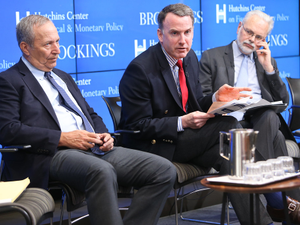Kaiser Permanente's Layoffs Spark Tension Ahead of Massive Nurses' Strike

Photo by Manny Becerra on Unsplash
Healthcare workers at Kaiser Permanente are facing significant challenges as the organization prepares for massive layoffs and an impending strike by over 31,000 nurses and hospital staff.
In a recent move that has escalated tensions, Kaiser Permanente announced it will lay off 216 workers across California, with the majority of cuts concentrated in Bay Area cities like Oakland, Redwood City, San Leandro, Pleasanton, and Walnut Creek. The layoffs primarily impact non-union employees in business and technology roles, including marketing directors, IT systems managers, and operations consultants.
The timing of these layoffs is particularly sensitive, occurring just days before a planned five-day strike by healthcare workers. The United Nurses Associations of California/Union of Health Care Professionals aims to highlight critical issues such as staffing shortages, wage disparities, and benefits.
Union representatives are seeking a 25% wage increase over four years, while Kaiser Permanente has proposed a 21.5% increase. The organization claims their offer demonstrates commitment to employees while maintaining affordable healthcare rates. However, the union views these proposals as insufficient given the current economic challenges.
In a notable development, the nurses’ union has temporarily paused its participation in the Labor Management Partnership, a collaborative framework established in 1997 to improve healthcare delivery and reduce costs. This strategic move is intended to apply pressure during negotiations.
The potential strike could significantly impact healthcare services, as Kaiser Permanente provides care for one in four California residents and employs approximately 180,000 people in the state. The organization has emphasized its commitment to helping affected employees transition to other roles within the company.
As negotiations continue, both sides remain committed to resolving their differences while maintaining the quality of patient care. The unfolding situation highlights the ongoing challenges in the healthcare industry, particularly around fair compensation and workforce management.
AUTHOR: pw
SOURCE: The Mercury News


















































